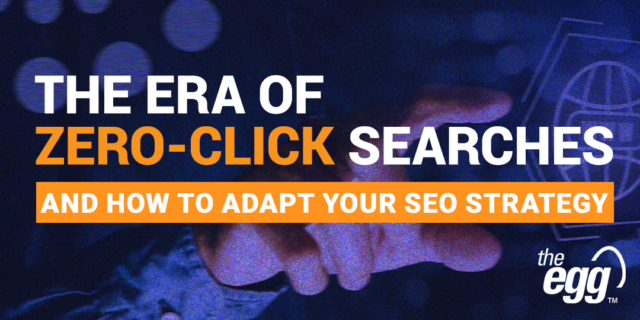How to Optimize Your Google Business Profile in 2023
How to Optimize Google Business Profile in 2023 – APAC in 3 – Episode 18
Did you know that 97% of Internet users search for local businesses online, and over 86% of them use Google Maps? This makes a Google Business Profile (formerly Google My Business) an essential tool for getting your business found locally on Google Search and Maps.
Google ranks profiles based on relevance, geographical proximity, along with other signals like user engagement and quality of information. So, even if your business has already claimed and completed a profile, you should look at optimizing it to ensure it’s performing at its best.
In our latest APAC in 3 (EP 18), discover how to optimize your Google Business Profile in 2023 to rank higher on local search and find new customers for your business. For a more detailed overview, read on!
Tip #1: Update and Optimize Your Basic Information
A complete and verified business profile is vital for your business to appear on Google Maps and within a local pack at the top of Google’s search engine results pages, or SERPs.
What are Local Packs: Local packs are Google SERP features that display business locations most relevant to a user’s geographically defined search query (e.g., “dentists in Singapore”), along with a Google map pinpointing their addresses.
Nothing frustrates users quite like searching for a company only to find that the information provided is wrong or outdated. It’s more common than you think for a phone number or street address to be incorrect or an old location not to be marked as closed, so be sure to claim your profile and manage it closely.
Your business name field must be your actual business name and void of keywords, so picking a main category that best fits will help Google match your listing with the most appropriate search terms.
Next, your company description should include what you do, who your offerings are for, and a call-to-action, all while ensuring it contains essential keywords to help users find your profile when searching for relevant products or services.
The description is limited to 750 characters long, and the first 250 are the most important, so make sure you front-load your key information. If you’re a restaurant, for instance, mention your ambiance, menu options, and special services before your history.
Pro tip: After updating and optimizing your basic information, them ASAP via any of Google’s available options, including post, email, or phone.
Tip #2: Showcase Your Business with Photos and Videos
Images and videos bring credibility to your listing and help users as well as Google learn more about your business and its offerings.
Upload high-resolution photos and videos of your location, products or services, and even your team. Uploading photos of your location’s exterior lets potential customers know what to expect when they arrive for the first time.
Photo guidelines:
Size: Between 10KB and 5MB. Recommended resolution: 720 px tall, 720 px wide. The photo should be in focus and well lit, and have no significant alterations or excessive use of filters.
Video guidelines:
Duration: Up to 30 seconds long. File size: Up to 75 MB. Resolution: 720p or higher.
Variety in your photos also helps Google since it automatically picks photos to show on your listing based on what it deems would best answer a user’s search query. Say, if a user searched “Nike Paragon Interior”, it would show photos of the store interior before anything else.
Google Vision AI is a tool that can help you understand how Google interprets your photo—just upload an image to the free demo, and it’ll tell you the keywords Google can derive from the image.
Pro tip: Use Vision AI to select photos with keywords relevant to your desired search terms.
Tip #3: Spur Engagement to Win More Customers
After completing your profile and putting your business on the map, spur engagement on it to stand out from competitors and increase your foot traffic.
Leverage your Q&A section to let customers ask questions about your business. But be wary—they too can answer questions asked by others, so it’s a good idea for you as the expert to be the first to address each question.
To keep your answers at the top, upvote them since the most-liked answers appear as the primary response. Do the same for questions since those with three likes or more usually appear prominently on your listing in place of the standard “See All Questions” link.
Asking your own questions grants you greater control over the conversation surrounding your business, so post your most-asked questions followed by their model answers to set up a pre-site FAQ page.
Questions will vary by business types, some examples include:
- Do you ship worldwide?
- What is your return or refund policy?
- What payment options do you accept?
- Do you offer gluten-free options?
Similarly, responding to your customer reviews not only potentially wins back loyalty from past customers but also conveys transparency to those just getting to know more about you.
And lastly, use the updates feature to share your latest news, promotional offers, or events, which comprise a thumbnail and brief description that pop up to a full-sized image and lengthier text when clicked.
Pro tip: Updates appear at the bottom of your profile panel on desktop and in a dedicated tab in the Google Maps app.
***
Whether setting it up for the first time or improving an existing listing, a business profile is your best friend for scaling your online presence, so be sure to revisit it from time to time and leverage the latest features from Google!





